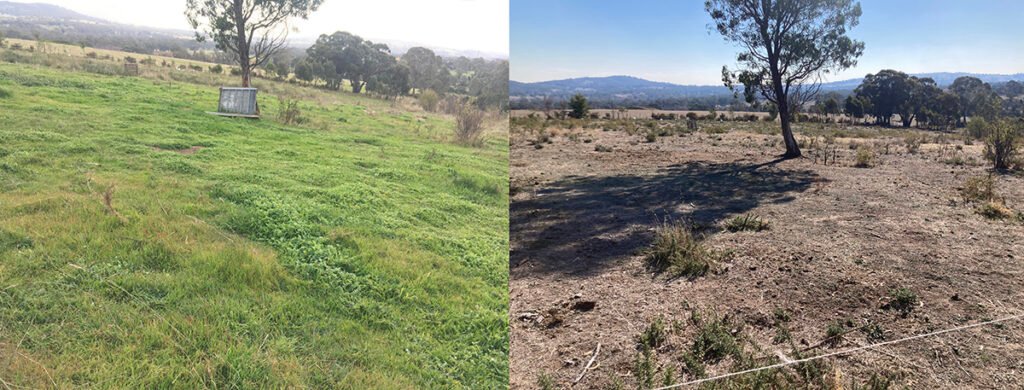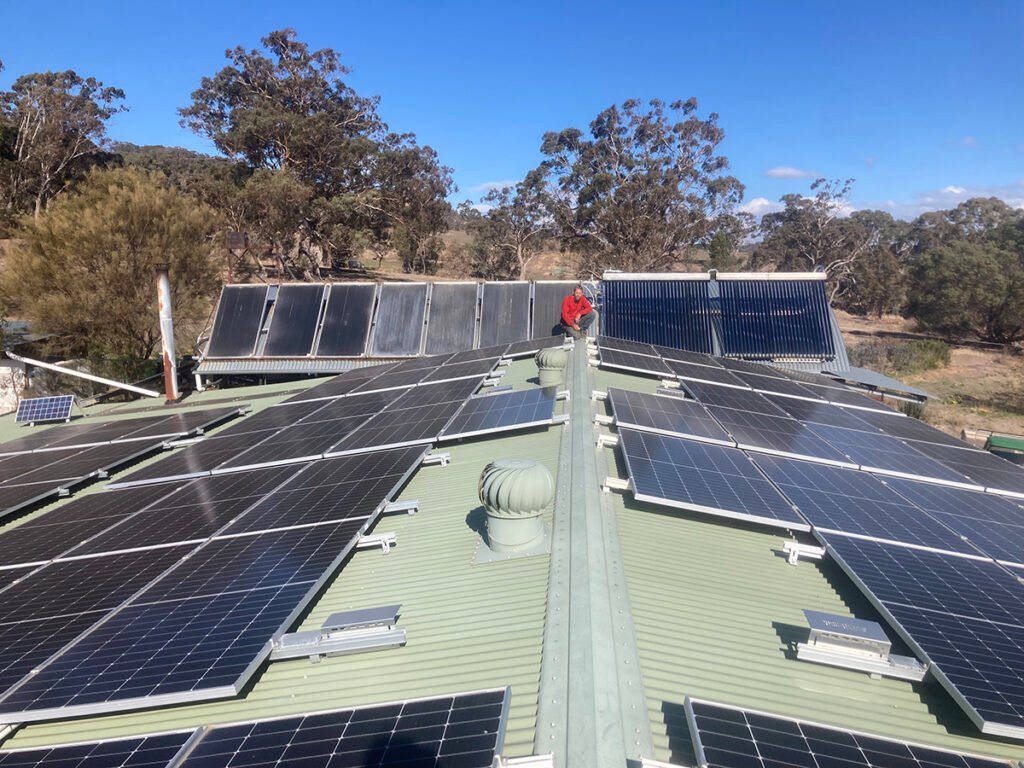From the very beginning of Sellar Dairy, ‘open source’ information has been a key principle. I’ve strived for full transparency with the business, to take everyone on the journey with us. This is important for those interested in joining the industry to build their understanding of what’s involved, as well as to reengage the general public with their food system.
60 years ago most Australians had some connection to a diary farm. Maybe they ran one, had a family member who did, as a kid were in charge of collecting the milk or maybe just had a fond memory of home and school delivered milk. Since then the gap between food production and consumption has grown to a chasm. Australia has gone from 22,000 dairy farmers in the 1980s to less than 5,000 in 2024. Those left are mostly in more remote areas such as Gippsland, Western and Northern Victoria, and with few selling directly to the public, the link between consumer and farmer has been effectively severed.
I believe this disconnect has been detrimental to both sides. Without a personalised connection to where their food comes from, it’s harder for the consumer to understand the challenges and fluctuations involved in producing their food. Big supermarkets prey on this disconnect, promising cheap prices rain (floods), hail (severe storms) or shine (drought). These are a reality, not a catch phrase, for most dairy farmers in the past six months.

The profitability of dairy farming is largely reliant on how cheaply you can grow grass. At Sellar Dairy there are three months in spring where we make a large profit on the milk but this three months has to cover the three months over summer where it’s really expensive to produce milk as we rely on brought-in feed. Seasons like this autumn, when we should have green pick but don’t, mean the need for a good spring is even greater.

From the beginning I was keen to publish some resources of how we set up and run the dairy on our website. My intention has been to publish annual finances for people to see. However while I was still growing my herd and milk quantity it never seemed like the best overview of the numbers. But as this year has seen a reasonably high and steady milk supply it’s finally a good opportunity to share the figures.

This also coincides with our first price increase since we started. We set our prices back in November 2019 and I’ve been avoiding putting them up, partly because of the nice round numbers and partly because it’s always been important to me to provide a product most people can afford, not a luxury product. However, as you all know, the cost of everything has gone up and so we must follow suit. Based on inflation our $5 bottle of milk at market back in 2019 should now be $6, which feels like a huge jump. We are making three changes over the next 12 months to help secure the long term viability of Sellar Dairy.
The first is that we have started charging card payment fees to the customer rather than the business absorbing the cost. At market you can choose between cash and card, and subscribers between direct deposit or card, so you will always have an option not to pay the card fees.
Then I will stagger the product price increase so people have time to adjust. At the start of this financial year (July 1 2025) the CSA dairy via a 12 week CSA subscription with increase to $5 a litre for milk and $10 for yoghurt. Market sales will be $5.50 a litre and yoghurt $11.
Unfortunately, this increase still leaves me behind, not caught up and so six months later we will do another similar increase.
I understand this may push my product out of reach for some people. As for all small producers, this is an ongoing juggle. How do we feed everybody, not just the wealthy, while still being here next year to do so?

To sit along side this information I’m also launching the financials page of my website. Here you will be able to see our annual finances as the business grows and what it cost to get started.
Here is a breakdown of the 2024-2025 year.
2024-2025

| Summary of 2024-2025 year. | |
| Average milk litres per day | 79 |
| Income per ltr of milk | $5.26 |
| Expense per ltr of milk | $5.12 |
| Business profit per ltr of milk | $0.14 |
| Feed costs/Product sales | 22% |
| Wages(including Tessa)/Product sales | 30% |
Notes for 2024-2025:
- Milk finally hits 100ltrs, for a few weeks.
- Three casual staff member for half day a week, one casual after school staff member.
- Tessa wage increases to $400 a week. Averaging 55 hrs a week, ($7.27hr)
- Paid off Oli for all his work to date and started repaying personal start-up loan
- Spent much more than usual on hay.
- Installed solar evacuated tube hot water.


Leave a Reply